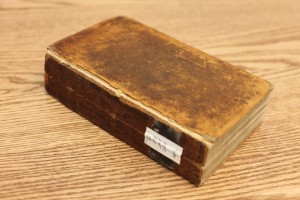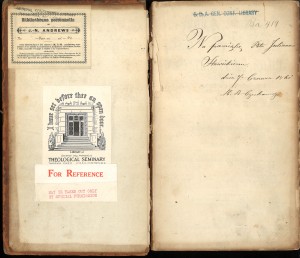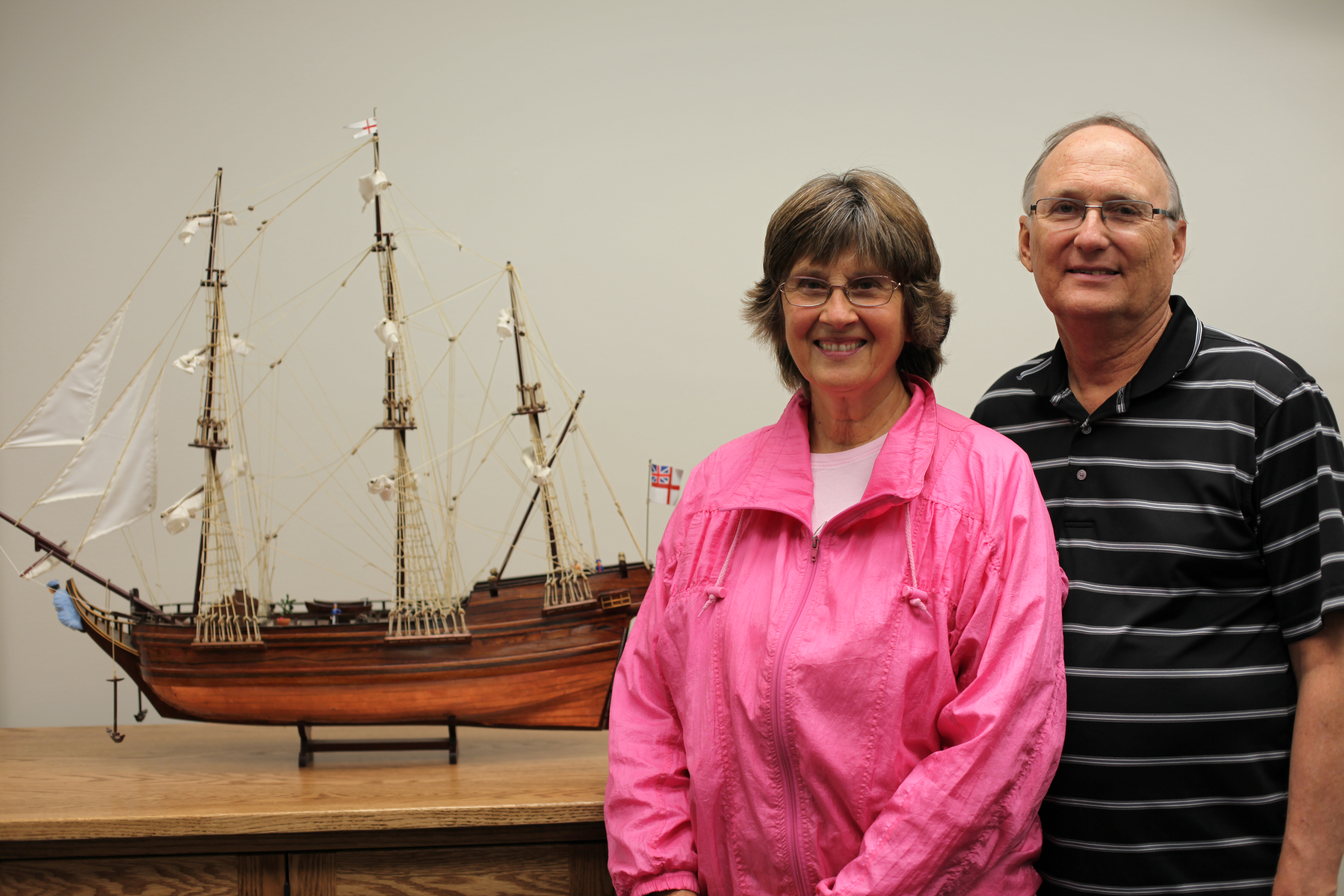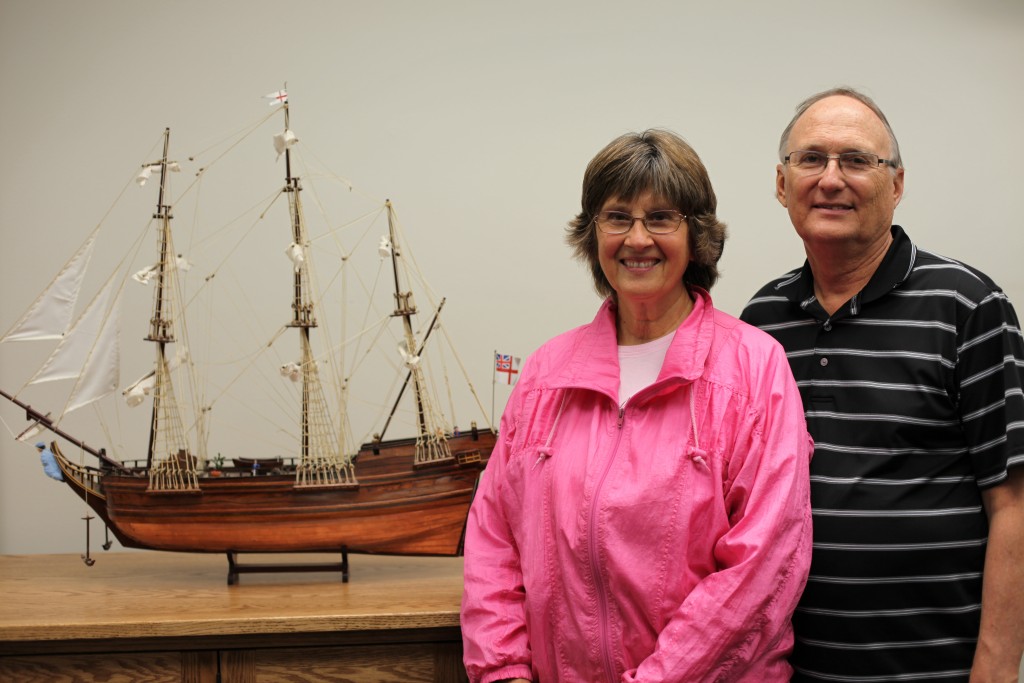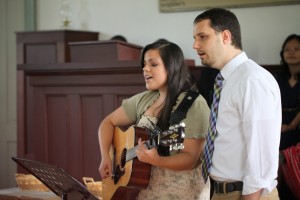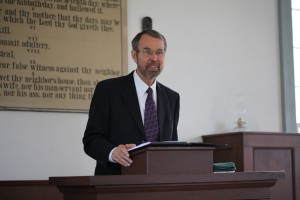by Jim Ford, Associate Director
Space is always a critical issue in many areas of the Center. Thanks to the foresight and generosity of University administration, the Center was able to install a SpaceSaver compact shelving system in May 2015. The new system holds the following collections within the Center:
• Books [more than half of the general CAR book collection]
• University dissertations and theses
• General Collection [Small text materials]
• Most of the English language periodical collection
While the compact shelving has eased overcrowding in some areas it has caused an unanticipated problem. The bulk of the commonly accessed collections are now on compact shelving and this has caused the realization of how many times a day they are accessed. A number of staff and students need to work in the stacks on a regular basis and this fall the student’s work schedule was specifically organized to minimize conflict over access to the compact shelving. While it is a problem, it is a nice problem to have and one that is easier to work around than a general lack of space to put new resources.
The new system operates smoothly and reliably and is greatly appreciated since each time the old system was moved, the possibility loomed that it would come off the track. The old system is still in place but half of the carriages have been removed and those that remain are now stationary. The vault still has a 38 year old electronic compact shelving system of which two carriages consistently run partially sideways. The hope is that it continues to function for a while longer.
Also in May, we received a donation of a small compact shelving system, which had been removed from the old Berrien County Health Department. It was going to be scrapped by the owners, but Stan Hickerson, from our office, was aware of it and arranged the donation. The only cost will be labor for installation. The plan is to install it later this year in our collection processing room. It is not large enough to make much of an impact in our general stacks area, but in a limited space such as the processing area it will be useful.

